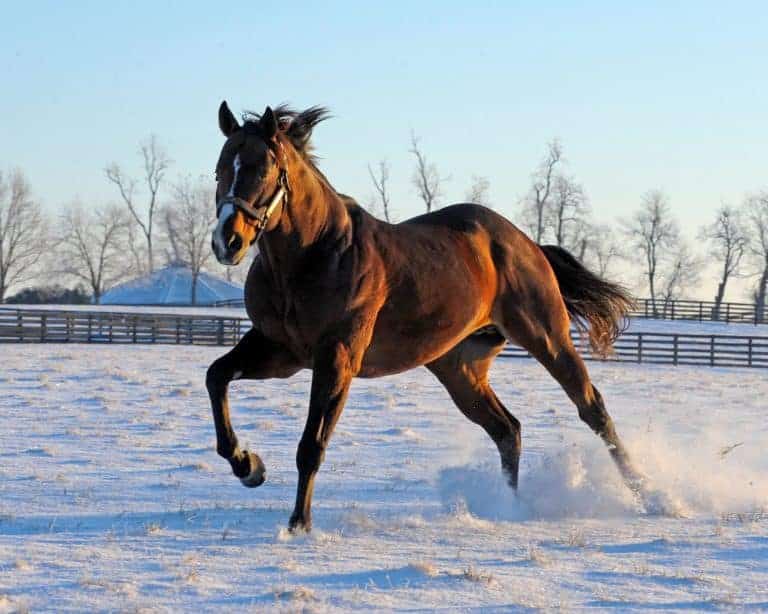Horses Needed for Metabolic Syndrome and Laminitis Research
The equine genetics research group at the University of Minnesota College of Veterinary Medicine is collaborating with Dr. Ray Geor, professor and chair of the department of large animal clinical sciences at Michigan State University, and Dr. Nicholas Frank, associate professor of large animal clinical sciences at the University of Tennessee, to investigate the occurrence and genetics of equine metabolic syndrome (EMS).


















